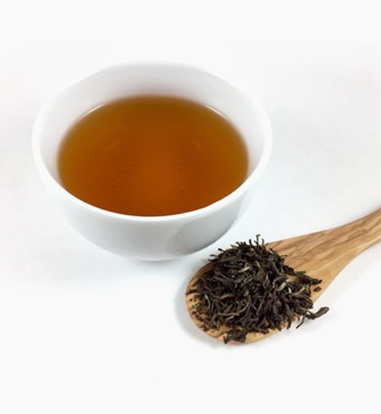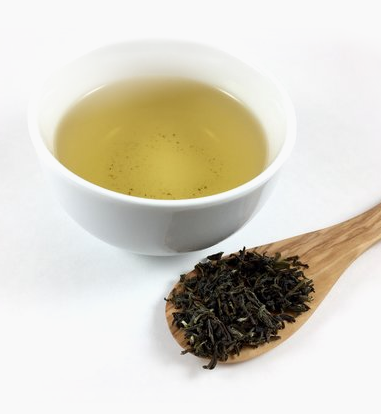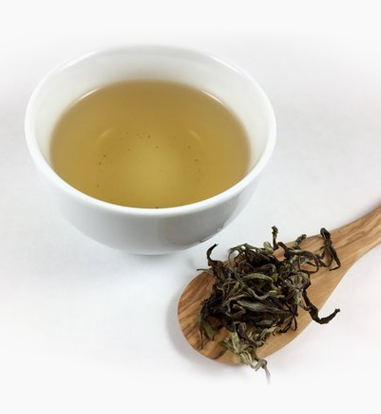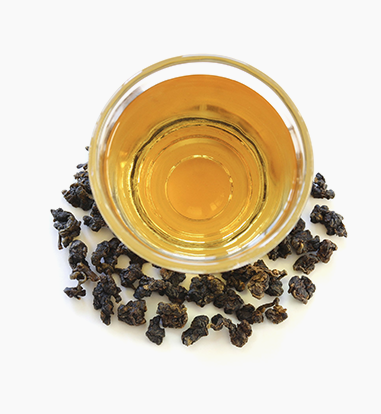
Types of teas
The source of all teas - black, green, white, oolong, etc. - is the Camellia sinensis plant. Pure teas are without any additives, herbal or plant infusions like mint, lemon, etc. While the terroir and the particular varietal of the plant impact the taste profile and appearance of each tea, it is the degree of processing that ultimately determines the type of tea. Processing begins once the leaves have been plucked, with the onset of natural enzymatic oxidation.
The process of oxidation, specifically the extent of oxidation, impacts the appearance, flavor, and aroma of tea. Generally speaking, leaves that undergo a high degree of oxidation appear darker in color, as in the case of most black teas. Individual steeping preferences control the flavor - robust or mild, balanced or astringent. The variation in the aroma of tea is, perhaps, the most obvious differentiator between oxidized and partially/minimally oxidized teas. The latter have a characteristic vegetal fragrance as their chemical composition most closely resembles fresh leaves. Green and white teas share these distinct properties.

Black tea
Post plucking, leaves are allowed to wither before undergoing complete oxidation. Leaves are then treated with heat and dried. Fully oxidized leaves take on a dark brown to black appearance. In addition to physical alteration, oxidation also drives changes in taste profile, which vary depending on the tea.
Black teas are generally produced using the laborious Orthodox method, or the mechanical CTC (crush-tear-curl) method. The former yields mostly whole leaves, while the latter produces uniform, small pieces of tea leaves that lead to a consistent but one-dimensional flavor.
Our black teas are produced using the Orthodox method so as to maintain the physical integrity of the leaf and to allow you to experience the various nuances of whole leaf tea.
SHOP TEAS
Green tea
Freshly harvested Camellia sinensis leaves are heated soon after plucking, either by pan firing or steaming, and dried. Known as "fixing" in the tea production world, the objective is to prevent oxidation. Fixing can be conducted in woks or pans in steam tunnels or atop stoves. Fixed leaves are then rolled by hand or machine to give them shape and subsequently dried.
Since green teas are heated very early in the production process, they have undergone minimal to no oxidization. This intentional intervention affords green teas to be rich in catechins, naturally occurring antioxidants known to fight and prevent cell damage.
SHOP TEAS
White tea
Though routinely described as unoxidized, the lack of processing of white teas naturally leads to some level of oxidization. As a general rule of thumb, it is safe to characterize white teas as slightly more oxidized than green teas.
The lack of processing renders white tea as the most delicate type of tea. Typically, white tea is harvested from the unfurled leaves and unopened buds of the Camellia sinensis plant for a few weeks only each spring on days where humidity or precipitation is not a concern.
Native to the Fujian province in China dating back to the 17th century, the minimal processing and the delicate nature of white tea made its storage and transportation cumbersome. Consequently, white teas were rarely available outside the Fujian province. With the advent of better tea production techniques, the creation of white teas expanded beyond its birthplace.
SHOP TEAS
Oolong tea
While green and black teas tend to fall on opposite ends of the oxidation spectrum, oolong teas undergo a unique semi-oxidization process which varies widely depending on the desired end product and the production style of the estate's tea master. Oolongs that undergo very slight oxidation will naturally share similarities with green teas, while those subject to complete or near-complete oxidation will resemble black teas.
Oolong teas can be uniquely shaped as well. It is common to see oolongs twisted and curled into tight balls, or rolled and twisted into distinctive strands of tea. Apart from their visual difference, the technique and timing of rolling affects the flavor profile of the tea.
SHOP TEAS